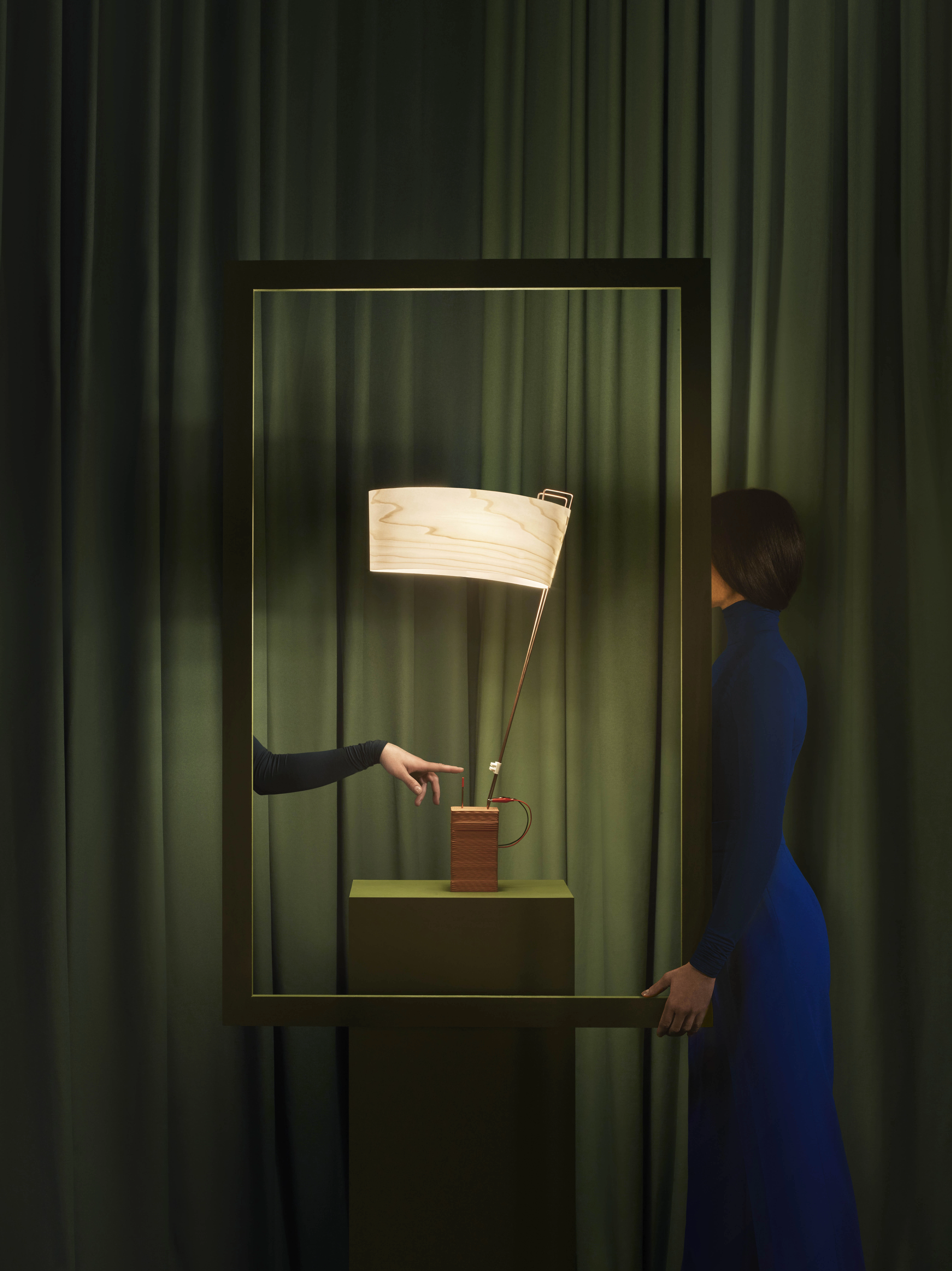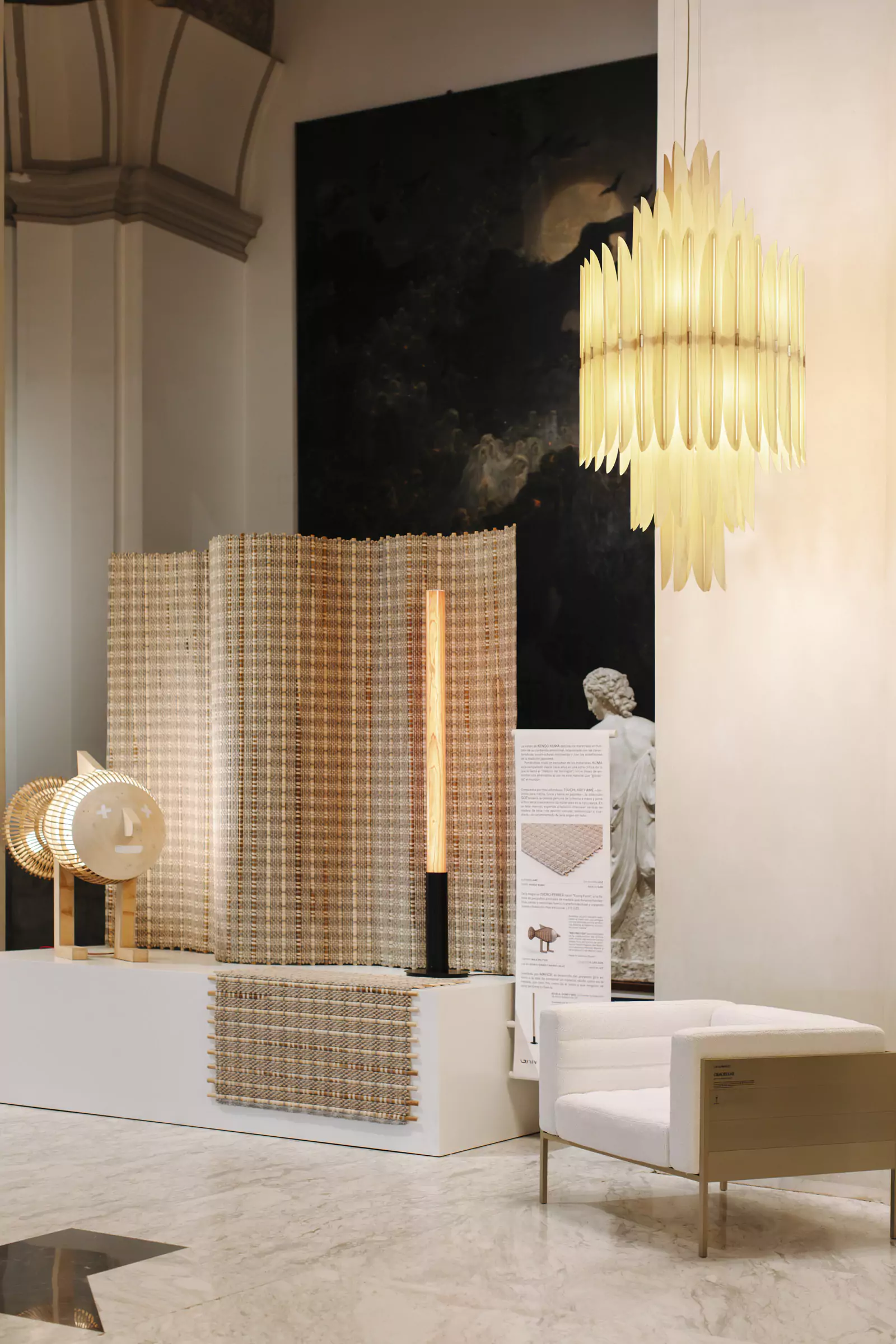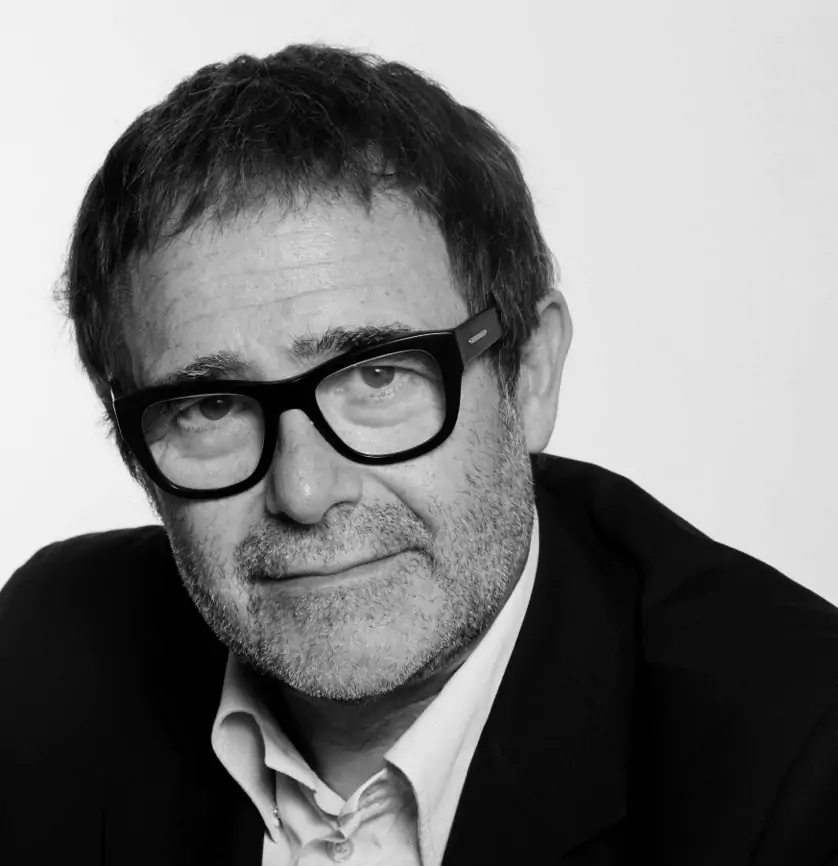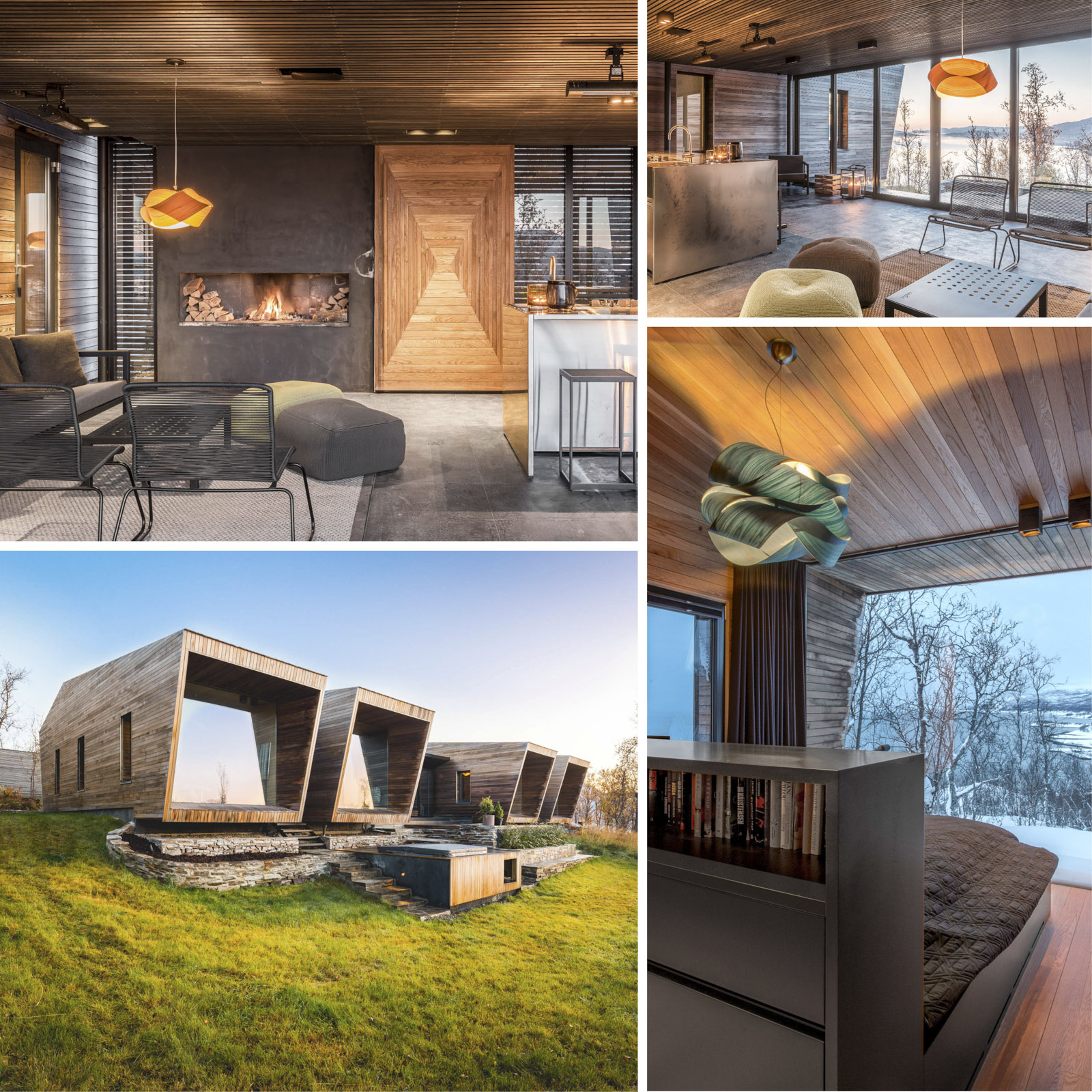Burkhard Dämmer, a German-born industrial designer, has a long-standing relationship with LZF. Quiet and unassuming, he is serious about the discipline of design: Burkhard’s approach is earnest and inquisitive, passionate and playful. As a trained carpenter, he has an appreciation of the significance of craft and understands the value of materials.
Burkhard Dämmer has collaborated with LZF for many years, producing a number of LZF’s best-loved lamps. As well as his individual projects, he has co-designed several lamps with LZF’s creative director, Mariví Calvo. One example is the Totem: Mariví was keen to create a lamp that resembled the elaborate tassels found on curtain cords from the 17th and 18th centuries. By combining Burkhard’s designs for the Pod and Poppy lamps, she fashioned the Totem. Another example is the Oh!Line, a lamp created by Mariví as a reimagining of Burkhard’s design for the I-Line.

Burkhard Dämmer.
Burkhard Dämmer’s lighting designs for LZF combine aesthetic quality and technical know-how. Showing respect for the user, they are perfect for a range of scenarios. We talked with him about design and working with LZF.
As a prolific designer, what motivates you—how do you nourish your passion for design?
(BD) Quite simply, curiosity and fun.
Your designs combine aesthetic quality with practical application. How do you balance these two design principles?
(BD) For me, the principles are directly dependent on each other, since a product must address different senses and meet requirements. From my point of view, a product is not aesthetic if it doesn’t work and vice versa.
On the subject of how a product is used, you approach design by looking for new answers to old questions. Can you share an example of this?
(BD) Technological progress often gives rise to new possibilities for designing a well-known product. One example is unquestionably the development of the LED—this has resulted in enormous freedom in the design of the light body.

Dandelion by Burkhard Dämmer.
What are your thoughts on automation and the design industry’s increasing reliance on new technologies? Are you concerned about the future of the craftsman and the designer?
(BD) No, just the opposite. The tools are changing. The approach to design’s function in creating products for people remains the same. However, as a trained carpenter, I can see that manual skills have been forgotten. I hope that young people continue to be enthusiastic about maintaining this knowledge in the future.
You have a particularly special relationship with LZF, and have designed some of the company’s most successful lamps. With the launch of the Oh!Line and I-Line, what keeps you coming back for more?
(BD) I’ve had a wonderful relationship with LZF and the team for almost twenty years. During this time we have seen the transition from light bulbs to fluorescent lighting and now LEDs. From my point of view, there are still many challenges to come, for which I am ready.

I-Line by Burkhard Dämmer.

Oh!Line by Burkhard Dämmer and Mariví Calvo.
As a German designer based in Frankfurt, do you find particular differences in a German versus Spanish approach to design?
(BD) The German perspective on the product is probably more sober and technical. That said, I would rather speak of a northern and southern European approach. In North America and Asia, people often speak of European design—from their point of view, we are apparently seen as a whole.
In what has been a truly tumultuous year, many people are doubtless looking for something that offers hope and stability. How do you think design can work to improve our sense of self, space, and place?
(BD) Indeed, the coronavirus pandemic is changing the world and people’s needs. In Frankfurt, one can observe that companies are considering reducing their office space, and expanding on home office working for their employees. This results in a range of needs, for example, the need for a light that functions as an ambient light and a work light at the same time. With its materials, LZF is almost predestined to deal with the combination of these functions.

I-Club Slim by Burkhard Dämmer.
Are there any design clichés that you find especially irritating or redundant, or conversely, that you live by?
(BD) In the German language, the English word ‘design’ is often used with negative connotations. Accordingly, the term ‘designed object’ is frequently used as a synonym for something that looks good but doesn’t work. This irritates me, especially as my professional guild is responsible for this misunderstanding.
A selection of Burkhard Dämmer’s lighting designs for LZF

Cervantes by Burkhard Dämmer.

Cuad by Burkhard Dämmer.
Icon by Burkhard Dämmer.

Pod by Burkhard Dämmer.

Totem by Burkhard Dämmer.

X-Club by Burkhard Dämmer.













